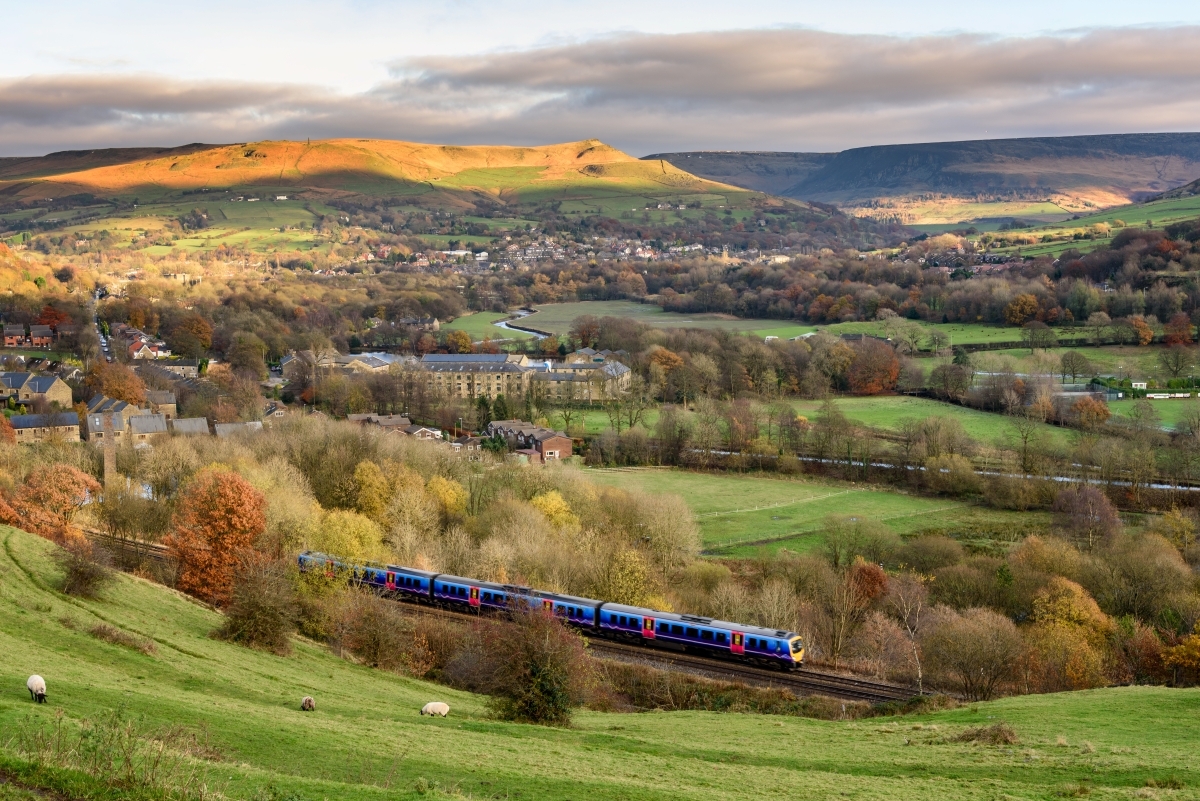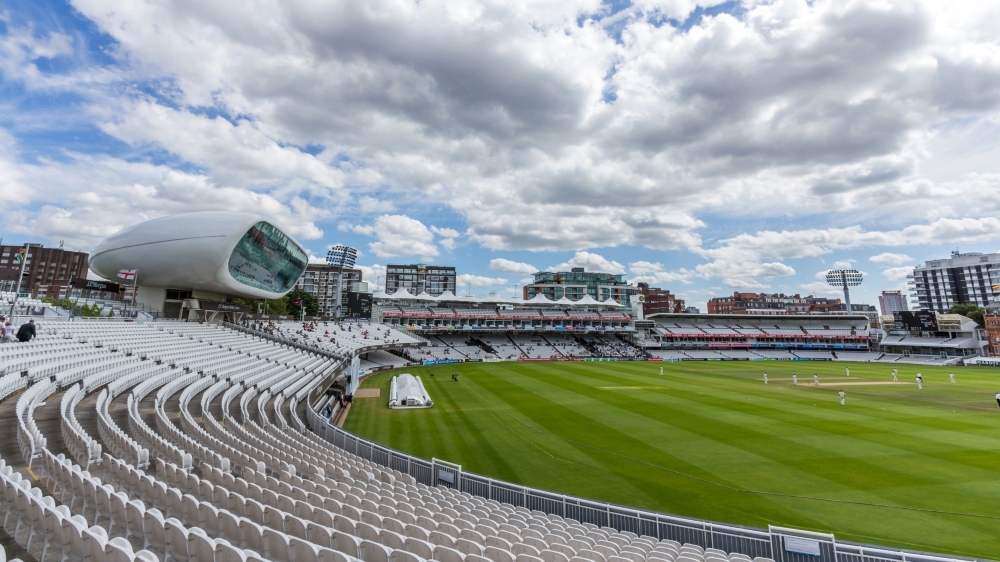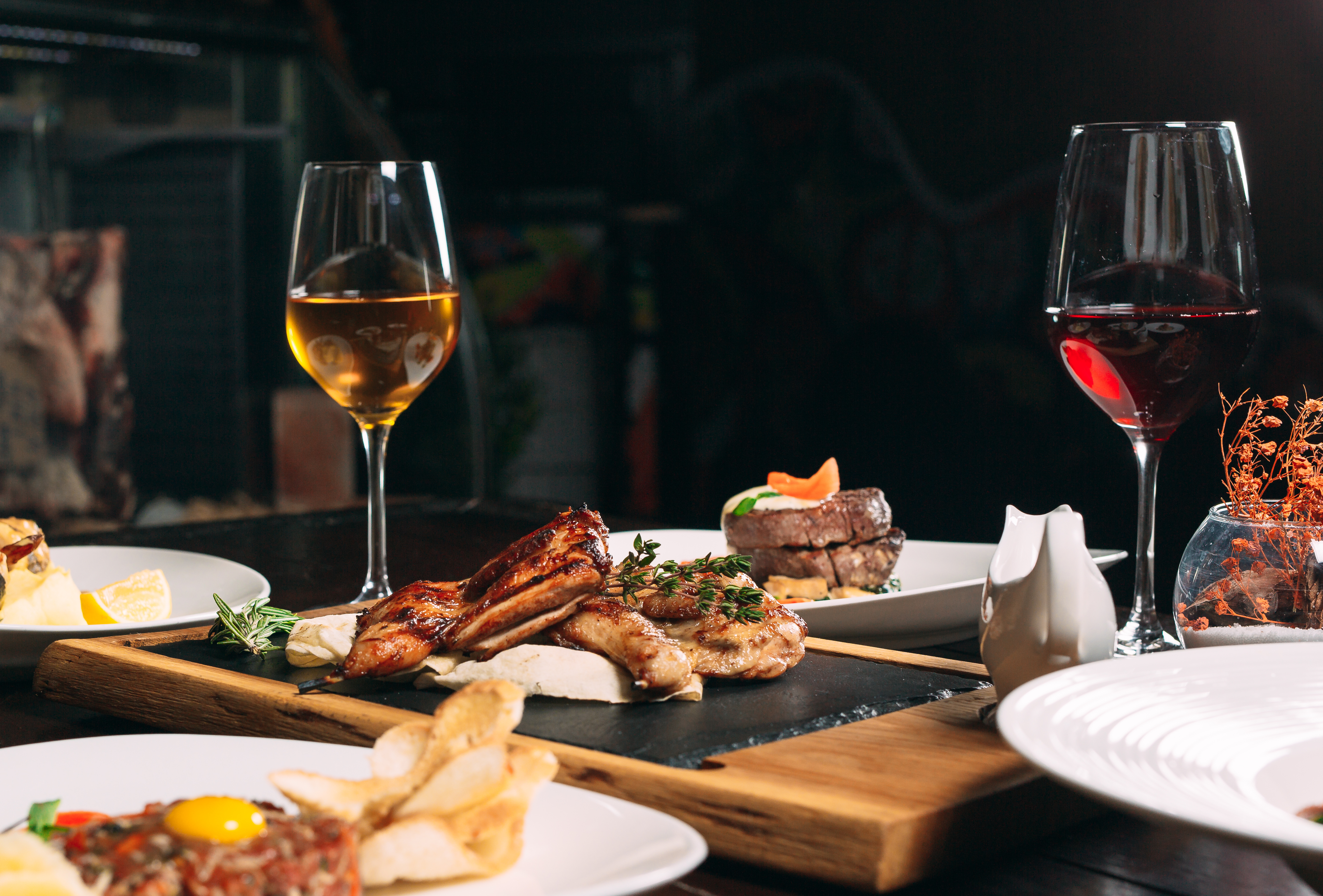The Prettiest Towns In Cumbria To Explore All Year Round
Cumbria is defined by its visuals. From the rolling hills of the Eden Valley to the towering peaks of the Lake District, the wild and largely untamed landscapes are punctuated here and there by the odd charming village or town. Some sit beneath brooding fells or cluster around crumbling castles, others trail the shores of lakes or the Cumbrian coastline, but no matter where they are, the rugged, stone-built aesthetic remains a consistent pattern with these towns, preserving their undulated charm throughout the centuries.
These towns mirror the landscape with the passing of the seasons. The lush greens of summer turn to smudge brown with the autumn rain, before transforming into crystalline hues of white thanks to frost and snow that sparkle in the winter sunlight, and add a new lens through which to appreciate each township. Whether visiting to hike the local trails, admire the natural beauty, or stopping for refreshments on the way through any of these Cumbrian settlements, one will find their visit rewarding in more ways than one.

Kirkby Lonsdale
Tucked tightly in the south-eastern tip of the county, Kirkby Lonsdale is a classic, yet compact Georgian town that basks in its enviable position in the hills of the Yorkshire Dales. The buildings here are hued from locally quarried limestone, glowing pale gold by day and shimmering silver against the backdrop of snow in winter. Market Street is a handsome stretch lined with independent stores and cafés, a classic example of Georgian period design, whilst the famous Ruskin’s View looks out over the River Lune towards the eastern fells, framed by gently folded meadows and the elegant sweep of the 14th-century Devil’s Bridge.
Spring sees the riverbanks flecked with daffodils and the churchyard thickening with fresh blossoms, whilst in summer, the town buzzes with walkers en route to Barbon and Casterton. Autumn mutes the town’s palette as the hills turn brown and the sky a smoky grey, while winter brings its cold embrace, candlelit windows, frost-coated lanes and lively pub evenings by roaring fires in the run up to the Christmas celebrations. Kirkby is undeniably delightful at any time of year.
Grange-over-Sands
Overlooking the tranquil mudflats of Morecambe Bay, Grange-over-Sands trades in quiet, story-book surroundings over the rather jaw-dropping vistas. Originally developed as a seaside retreat in the Victorian era, the town still carries all the hallmarks of its most prominent architectural heritage, with wrought-iron railings, terraced gardens, and long promenade walks beneath well-kept palms. Many of the buildings boast stone-and-stucco facades, with tea rooms spilling out into sheltered courtyards and hidden paths threading through formal flower beds and dense woodland towards the outskirts of town.
Spring here is particularly lovely, as the ornamental gardens begin bursting back into life, while summer brings long hot days on the beach, hazy walks along the promenade and uninterrupted views across the estuary. Autumn lends Grange a quiet softness, as the café terraces quieten underneath bronze foliage, and winter arrives with bracing coastal air and soft light over the bay that feels at times ethereal, but also implausibly romantic.
Ambleside
Easily one of the most beautiful settlements in the Lake District, Ambleside dazzles throughout the year thanks to its scenic location and stunning town aesthetic. Its centre is filled with tightly packed, slate-roofed buildings with timber shopfronts, crooked chimneys and narrow lanes which bustle with life throughout the warmest months of the year. The 17th-century Bridge House that straddles Stock Beck on just two stone piers is one of the area’s most photographed attractions, and now functions as a National Trust shop.
Spring and autumn are arguably the best times to visit here, away from the more crowded summer period when the colours of the fells shift from amber hues to lush greens. Summer brings a raft of activity with watersports enthusiasts taking to the lake, and day trippers crowding the lanes, bringing a unique energy to proceedings. In winter, Ambleside takes on a cosy, tranquil, almost alpine feel, where snow dusts the upper ridges of the fells, and the town glows in the dark with the glint of log fires and Christmas lights flickering in every window.
Cartmel
Cartmel is the perfect miniature village. Hemmed in by hills, it packs a lot into such a small locale. Highlights include the beautiful medieval priory with its weathered stone and period choir stalls, a racecourse that hosts seasonal jump meetings for the summer crowd, and an enviable collection of fine dining establishments anchored by Simon Rogan’s globally renowned L’Enclume. The charming cobbled lanes and flower-trailing cottages lead towards old coaching inns and refined tea stops aplenty in this little slice of Cumbrian paradise.
In spring, the town is ripe with the scent of wild garlic, whilst the walking paths open up the blossom-fringed countryside. Summer is abuzz with the sounds, sights and smells of races at the course, alfresco tasting menus, cycling groups refuelling at the brewery, and plenty of walkers rambling around. As the days grow shorter, the hues of autumn and the soft chill of winter transform this quaint little village into a picture-perfect setting that encapsulates all of Cumbria’s rugged and wild charm.
Keswick
Sitting on the shores of Derwentwater with the fells stacked behind it, Keswick is defined by its dramatic surroundings. But the town itself isn’t lacking in terms of aesthetics. A well-ordered mix of Victorian hotels, rustic pubs, and independent boutiques centred around a cobbled market square and the clock-towered Moot Hall defines its identity, particularly beautiful at twilight when the lights from the cafés and inns bounce off the wet paving stones, and the mountains fade into silhouette.
Spring here brings energetic walkers, eager to return to the well-travelled trails to explore the famous beauty of the Lake District, whilst lambs dot the hills. Summer sees Derwentwater filled with kayaks and rowboats, as the town comes alive with festivals and outdoor events. Autumn cloaks the fells in tones of ochre and bronze, as the air begins to crisp and the first frosts start to form. During winter, Keswick enters a crystalline chrysalis, with snow setting on Skiddaw’s highest point. Slate roofs become rimmed in frost, and steam rises from sipping flasks on frozen lake shores. It’s a sight that has to be seen to be fully believed, such is the enchanting nature of this part of Cumbria.
Sedbergh
Straddling the boundary between Cumbria and the Yorkshire Dales, Sedbergh is officially part of the former but has the natural landscape associated with the latter. Lush green valleys, dry stone walls on the buildings, and the gentle hum of sheep are seen everywhere you turn. Sedbergh’s allure is more understated than picture-book, with its charm resting in crooked alleyways, tiny signs, well-thumbed bookshops, and the rugged outlines of the Howgill Fells rising directly behind the town. Designated England’s official Book Town, it's a place where literary enthusiasts flock to embrace the influences of one of the country’s most iconic landscapes.
Whilst bookworms tend to visit all throughout the year, summer brings walkers and open-mic events to pub courtyards late into the evening. In autumn, with the Howgills blazing gold and the local literature festivals in full swing, the town dress code becomes thick socks and comfy jumpers, whilst retreating indoors to pore over books by the fire. Winters can be harsh, with the fells either stripped, barren and brown, or covered in fields of snow, but the warmth of fireside cafés, and the quiet beauty of snowy streets make for a wonderful retreat until spring breathes new life into the area once more.



